Description
Halal Frozen Chicken Paws: A Complete Guide for Importers and Suppliers
Introduction
The poultry industry is one of the fastest-growing sectors in the global food market, driven by rising demand for affordable and protein-rich products. Among the various poultry by-products, Halal Frozen chicken paws have become a valuable commodity in international trade, especially when processed according to halal standards.
Halal Frozen Chicken Paws cater to Muslim consumers and international markets such as China, Southeast Asia, the Middle East, and Africa. This guide explores halal certification, processing methods, nutritional benefits, global demand, and opportunities for exporters and buyers.
What Are Halal Frozen Chicken Paws?
Chicken paws are the portion of the chicken leg located below the ankle joint. Unlike chicken feet, which may include part of the shank, paws consist only of the claw portion.
When processed in halal-certified facilities, chicken paws become eligible for export to Muslim-majority countries and markets that prioritize halal food compliance.
Importance of Halal Certification
What Makes Chicken Paws Halal?
To qualify as halal, poultry must be slaughtered according to Islamic law (zabiha), with strict adherence to hygiene, blood drainage, and segregation from non-halal products.
Certification Benefits for Exporters
-
Expands access to Muslim markets in the Middle East, Southeast Asia, and Africa.
-
Builds trust among consumers who value halal dietary compliance.
-
Enhances credibility for suppliers seeking long-term trade partnerships.
Nutritional Value and Health Benefits
Halal frozen chicken paws are not just a delicacy; they are nutrient-rich and health-promoting:
-
Collagen Boost – Improves skin elasticity and joint health.
-
Protein Source – Essential for muscle growth and repair.
-
Bone Strengthening – High calcium content.
-
Low Fat – A healthier alternative to fattier meat cuts.
These benefits make chicken paws particularly popular in soups, broths, and traditional recipes.
Culinary Uses Across Global Markets
Asian Cuisine
-
In China, chicken paws (often called phoenix claws) are a key dim sum dish.
-
In the Philippines, grilled chicken paws (adidas) are a popular street food.
Middle Eastern Cooking
Simmered into nourishing soups and stews, halal chicken paws serve as an affordable and nutritious dish.
African Cuisine
Often boiled, fried, or stewed, chicken paws are a staple protein source in local diets.
Bone Broths & Wellness Products
Due to their collagen-rich nature, chicken paws are increasingly used in health-focused broths.
Global Demand and Market Trends
The market for halal frozen chicken paws is experiencing rapid growth:
-
China – The world’s largest importer, consuming millions of tons annually.
-
Middle East – Rising demand fueled by population growth and halal compliance.
-
Africa – Affordable protein source for households.
-
Southeast Asia – Culinary traditions maintain consistent consumption.
📊 Market Outlook: The halal poultry market is projected to grow at 6–7% annually, making halal chicken paws a high-potential product for exporters.
Processing and Packaging Standards
To ensure quality and compliance, halal frozen chicken paws undergo the following steps:
-
Halal Slaughtering – Performed by a Muslim under Sharia law.
-
Cleaning & Scalding – Removal of outer skin and impurities.
-
Grading & Sorting – Based on size, weight, and appearance.
-
Blast Freezing – Preserves freshness at -40°C.
-
Packaging – Export-ready cartons of 10–15 kg, labeled with halal certification.
Grading and Quality Requirements
Importers generally require:
-
Grade A Paws – Free from feathers, bruises, or broken bones.
-
Uniform Sizing – Average 35–45 grams per paw.
-
Color & Cleanliness – White to light yellow, with no excess moisture.
-
Frozen Integrity – Deep-frozen and maintained throughout the cold chain.
Export and Import Opportunities
Exporting halal frozen chicken paws offers several advantages:
-
High Global Demand – Especially in China and halal markets.
-
By-Product Utilization – Converts undervalued poultry parts into profitable exports.
-
Growing Muslim Population – Driving halal food demand worldwide.
-
Government Support – Many poultry-producing nations encourage exports.
How to Select Reliable Suppliers
When sourcing halal frozen chicken paws, importers should evaluate suppliers on:
-
Recognized Halal Certification
-
Production Capacity and Consistency
-
Export Compliance and Documentation
-
Cold Chain Logistics
-
Market Reputation and Client References
Frequently Asked Questions (FAQ)
1. What is the difference between chicken paws and chicken feet?
Chicken paws are the claw portion, while chicken feet may include part of the shank.
2. Are chicken paws healthy?
Yes, they are collagen-rich, protein-packed, and good for joint and skin health.
3. Which countries import the most chicken paws?
China, Vietnam, Malaysia, Saudi Arabia, UAE, and several African nations.
4. How are halal chicken paws packaged for export?
Blast frozen and packed in 10–15 kg cartons with halal certification labels.
5. What is the minimum order size?
Typically, full container loads of 27–30 metric tons.
Conclusion
Halal Frozen Chicken Paws have emerged as a global commodity, bridging culinary traditions, nutrition, and international trade. For exporters, they represent a profitable by-product with rising demand. For importers, they provide access to a consistent, halal-certified protein source with strong consumer acceptance.
With growing halal markets worldwide, halal frozen chicken paws will remain a valuable export opportunity for years to come. Suppliers who focus on certification, quality control, and reliable logistics will secure long-term success in this thriving sector.

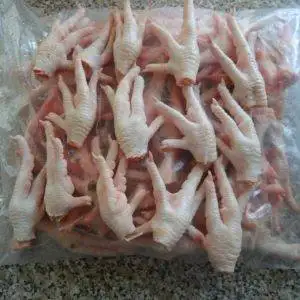
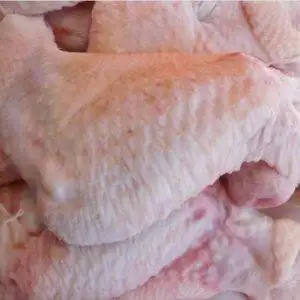
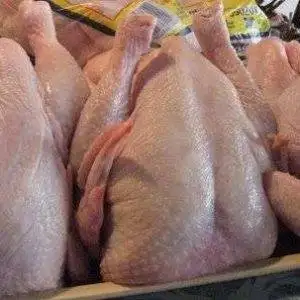
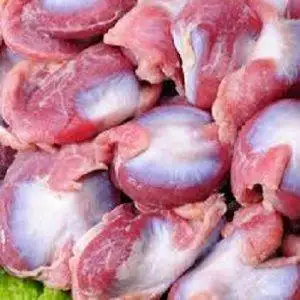
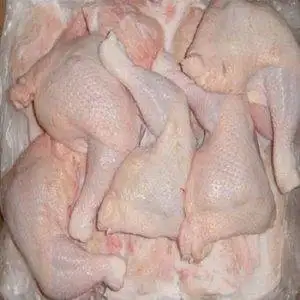
Reviews
There are no reviews yet.